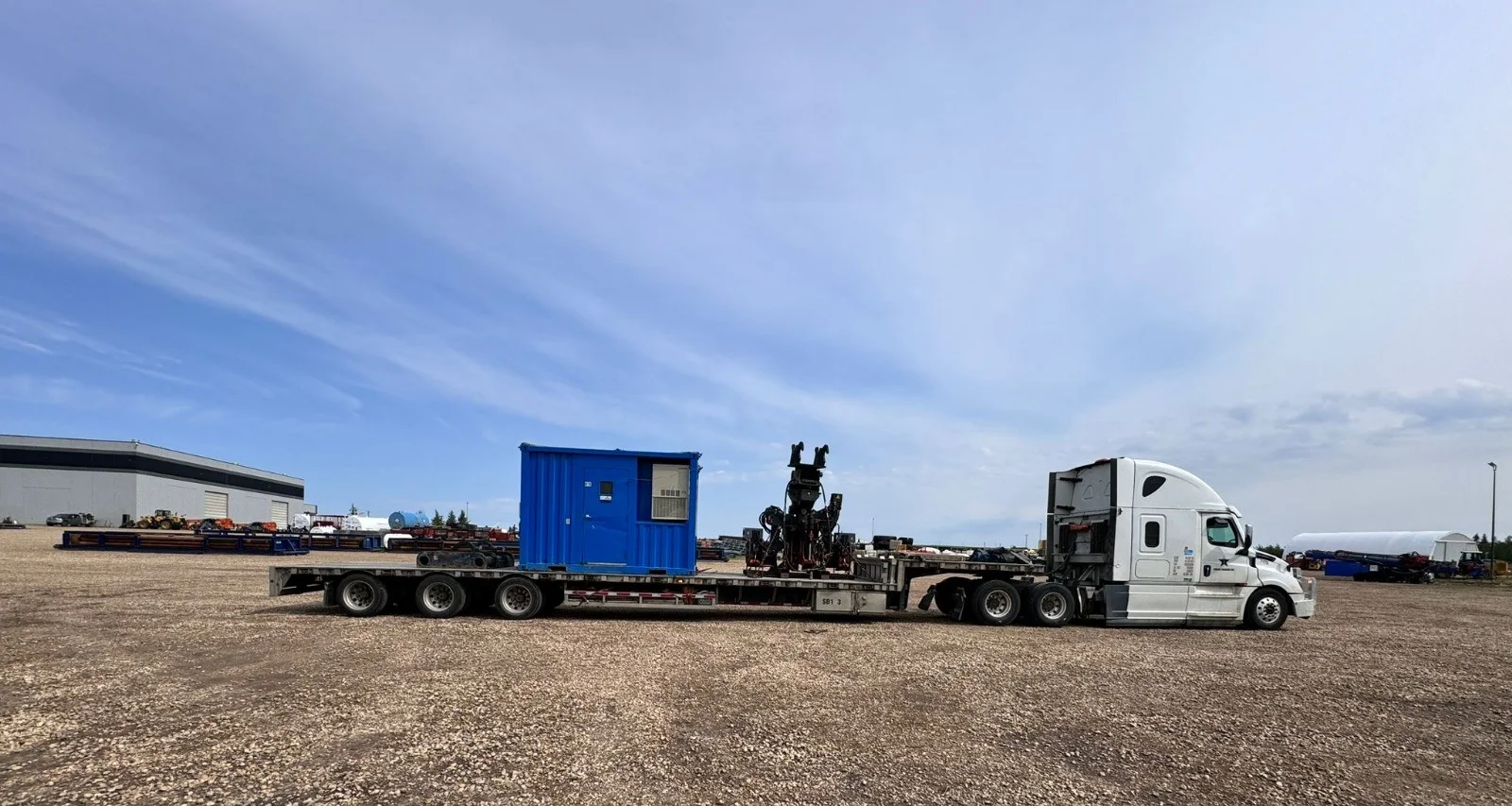Oversized Load Transportation: Challenges, Solutions, and Best Practices

Transporting oversized loads is a critical and complex part of the logistics and transportation industry. From massive construction equipment to wind turbine blades and industrial machinery, these loads exceed standard size and weight limits, requiring specialized handling and careful planning to ensure safety and efficiency.
What is Oversized Load Transportation?
An oversized load refers to any cargo that exceeds the legal limits for width, height, length, or weight established by transportation authorities. These limits vary by country, state, or region, but typically anything wider than 8.5 feet (2.6 meters), taller than 13.5-14 feet (4.1-4.3 meters), or heavier than 80,000 pounds (36,287 kg) is considered oversized.
Common Examples of Oversized Loads
-
Construction machinery (bulldozers, cranes)
-
Agricultural equipment (tractors, combines)
-
Industrial components (generators, turbines)
-
Modular homes and large building materials
-
Wind turbine blades and towers
-
Boats and yachts
Challenges in Oversized Load Transportation
-
Route Planning: Not all roads or bridges can accommodate oversized loads due to weight restrictions, height clearances, or narrow lanes. Detailed route surveys and planning are essential.
-
Permitting: Transporting oversized loads requires special permits from multiple jurisdictions, often with strict timing and escort vehicle requirements.
-
Safety Risks: Oversized loads can impact road safety for the driver and other motorists. Proper signage, lighting, and pilot vehicles are necessary to alert others.
-
Equipment Needs: Specialized trailers, such as lowboys, extendable flatbeds, or multi-axle dollies, are needed to handle unique load shapes and weights.
-
Environmental and Weather Concerns: Wind, rain, and road conditions can affect the stability of oversized loads.
Best Practices for Transporting Oversized Loads
-
Comprehensive Planning: Collaborate with engineers, logistics coordinators, and authorities to map out the safest and most efficient route.
-
Secure Proper Permits: Always acquire all necessary permits well in advance and comply with any conditions or restrictions.
-
Use Appropriate Equipment: Choose the right trailers and securing methods to ensure load stability and safety.
-
Employ Escort Vehicles: Escort or pilot vehicles help guide the oversized load through traffic and alert other drivers.
-
Communicate Effectively: Keep clear communication lines between drivers, escort teams, and dispatchers to respond to any on-road issues.
-
Follow Legal and Safety Regulations: Adhere strictly to local, state, and federal regulations concerning oversized loads.
Innovations in Oversized Load Transportation
Advancements like GPS tracking, route simulation software, and improved vehicle technology have made transporting oversized loads safer and more efficient. Additionally, drones and aerial surveys help with real-time monitoring and route assessment.
Conclusion
Oversized load transportation is a specialized field that requires careful planning, expertise, and adherence to regulations. With the right preparation and technology, these massive and critical shipments can be moved safely and efficiently, supporting infrastructure development and industrial growth worldwide.
- Art
- Causes
- Crafts
- Dance
- Drinks
- Film
- Fitness
- Food
- Spiele
- Gardening
- Health
- Startseite
- Literature
- Musik
- Networking
- Andere
- Party
- Religion
- Shopping
- Sports
- Theater
- Wellness


